Driven by the wave of intelligence, robotics is reshaping the production model and efficiency landscape of the 机加工 industry at an unprecedented rate.
existDalian FuhongIn the workshop of a machinery enterprise, intelligent equipment is running efficiently: it can complete the whole process of processing 18,000 brake discs per hour. Through AI vision inspection system and automated production line transformation, the enterprise’s unit product power consumption reduced by 25%, production efficiency increased by more than 40%, and manual intervention reduced by 70%.6.
This is just a snapshot of the 机加工 automation revolution of 2025.
01 Robotics revolution, reshaping the competitive landscape of manufacturing
When manufacturing bosses are having a hard time sleeping at night because of recruitment difficulties and soaring labour costs, six truss manipulators are shuttling accurately in the darkness, removing metal parts weighing up to 50 kilograms from the CNC machine tools, and then transferring them to the next process after neatly stacking them.
This set of automation system called “black light factory”, so that a single production line manpower costs from 60,000 yuan per month down to 12,000 yuan, the product defective rate from 2.3% down to 0.15%!1.
This is not a science fiction film, but a real change that is happening in China’s manufacturing industry. 2025, intelligent transformation has changed from a “multiple choice question” to a “mandatory question”, and the efficiency improvement and energy consumption optimisation achieved through technological upgrading is reshaping the industrial chain’s value distribution pattern!6.
02 Four trends that define the new automation paradigm for 2025![图片[1]-Machining Automation Trends 2025: How Robots Can Boost Productivity-Dalian Fuhong Machinery Co., Ltd](https://endlfh.com/wp-content/uploads/2025/06/QQ20250627-201220-800x650.png)
Trend 1: Collaborative Robots at the Heart of Flexible Manufacturing
HuaYi Robotics showcases innovative applications of its collaborative robots in automated welding, CNC loading and unloading, and other areas at FABTECH 2025 in Chicago9.
The E10-Pro collaborative robot achieves a repeatability of ±0.03mm, requiring a drag force of less than 5N to achieve a smoother end-drag effect, and allowing users to quickly complete point calibration and trajectory planning.9.
The biggest advantages of collaborative robots areAbility to safely share workspace with human workersIt eliminates the need for safety fences that are traditionally required for industrial robots.7. They allow skilled labour to shift roles and help manufacturers to achieve output expansion and adaptation7.
Trend 2: AI and Edge Computing Enabling Intelligent Decision Making
AI continues to move closer to the source of data, closer to sensors and other machines7.. For vision systems, the close connection between AI and the source of the data improves detection and action at the source, fundamentally eliminating the delay of data being sent to the control unit for processing before being returned7.
This edge intelligence enables robots toReal-time adaptation to changing environmental conditionsAutomatically adjusts machining parameters, such as material differences or tool wear, to ensure machining accuracy and efficiency.4.
Trend 3: Digital twins optimise the full production cycle
Digital twin technology creates virtual models of physical equipment to simulate operation, predict performance and optimise processes4.. The combination of simulation-driven design with machine learning and data analytics allows engineers to test, improve and refine designs before they are actually realised or after they are put into operation7.
Topstar and other innovative enterprises through the “process data → AI model → equipment control” closed-loop system, driving intelligent systems in the production of continuous evolution5. This digital twin technology can significantly improve design quality and reduce costs, even as it improves physical and cyber security7.
Trend 4: The Rise of Modular and Reconfigurable Systems
Industrial automation is having a moment of rotation towards flexible modular systems7. A system that fell out of favour when Henry Ford tried to balance its car assembly lines is now gaining renewed support as it adopts more automation technology.7.
Modular designMake the equipment easy to upgrade, functional expansion and rapid reconfiguration of the production line, to adapt to the small batch, multi-variety production needs4. Quick changeover, modular design, automatic tool/head/table change technology, shorten the product switching time, so that the production line can quickly respond to market changes4.
03 Technology fusion, robot performance breaks through limits![图片[2]-Machining Automation Trends 2025: How Robots Can Boost Productivity-Dalian Fuhong Machinery Co., Ltd](https://endlfh.com/wp-content/uploads/2025/09/QQ20250829-201110-800x626.png)
A double leap in precision and speed
The truss manipulator adopts the design of right-angle coordinate system, and realises “three-dimensional space free walking” through the precise cooperation of X, Y, Z linear motion and rotary axis.1. Its core components include high rigidity truss structure, servo drive system, intelligent gripping system and modular control system1.
HuaYi Robotics demonstrated the more flexible and faster robot loading and unloading application solutions for overseas customers.Optimisation of robot loading and unloading beats to achieve an overall increase in loading and unloading speed of the robotic arm 35%9.
The Elfin high-speed version of the collaborative robot reaches a maximum joint speed of 370°/s, with a maximum joint speed increase of 1.5 times, which is used in CNC loading and unloading scenarios to further compress loading and unloading times.9.
Sensing technology and adaptive control
Advanced sensing technology is changing the industrial landscape7. Whether it’s optics, infrared, sensors, LIDAR or ultrasound, these technologies give manufacturers better control of the real-time environment on the factory floor7.
Leading suppliers such as SICK develop flexible and traceableIntelligent sensors and vision systemsIt is particularly suited to high-speed and collaborative environments7. Safety sensing technologies such as light curtains, emergency stops and safe motion control help manufacturers interact with their devices and surroundings7.
04 Application deepening, from traditional fields to emerging scenarios
Transformation of traditional machining
Robotic loading and unloading solutions are becoming more efficient and flexible in CNC machine automation.9The collaborative robots of Huayi Robotics have excellent performance in pick and place, alignment and machine linkage. The collaborative robots of Huayi Robotics have excellent performance in pick-and-place, alignment, machine linkage, etc., with advantages of high efficiency, precision, stability, etc., and have become the “right helper” for the automation of CNC machine tools.9.
Welding Automation Breakthrough
The welding field is also undergoing an automation revolution. Along the welding robot has been widely used in shipbuilding, construction steel structure, automotive manufacturing, large machinery and other fields.9.
They can carryArc tracking, laser vision seam tracking systemIt realises automatic identification of weld seams, automatic deviation correction and other functions, making complex welding simpler and easier.9.
Cross-industry application expansion
Machining centres continue to push the boundaries of traditional manufacturing applications10In the automotive field. In the automotive field, in addition to the processing of core components such as engines and gearboxes, the machining centre has been deeply involved in the integrated die-casting process of new energy vehicles, to meet the demand for high-precision moulds for lightweight car bodies10.
In the medical field.Customised implant processingHigher requirements for equipment flexibility, promoting the transformation of machining centres to “multi-species, small batch” production mode10.
05 Benefit analyses for a clear return on automation investment
The benefits of investment in automation can be seen in a number of dimensions: increased productivity, reduced labour costs, improved product quality and reduced energy consumption.4.
The previously mentioned Yantai enterprise through intelligent transformation, unit product power consumption reduced by 25%, annual power savings of 580,000 kWh, production efficiency increased by more than 40%, manual intervention links to reduce 70%6.
Intelligent equipment is dramatically improving productivity6. After the introduction of truss manipulator in a company in Shandong, theMachine tool utilisation soars from 65% to 95%Increased capacity from 800 to 1500 pieces per day on a single machine.1.
The return on investment is not only in terms of direct cost savings, but also in terms of increased productivity, reduced waste, lower energy consumption and increased production flexibility.4.
06 Implementation path, a pragmatic strategy towards automation upgrades
Overcoming implementation challenges
Implementing intelligent automation faces multiple challenges, including high upfront investment costs, high technological complexity, lack of interdisciplinary talent, integration challenges with old and new equipment/systems, and data security and cybersecurity risks.4.
SMEs, in particular, face multiple pressures on capital, technology and talent2. Addressing these challenges requires strategic vision, sustained investment, cross-disciplinary collaboration and a strong focus on data and talent4.
Building an Ecosystem for Human-Machine Collaboration
Automation is not meant to completely replace human labourIt’s about human empowerment.7. Because demand is growing faster than labour, automation enables manufacturers to scale up production without relying entirely on labour7.
But that doesn’t mean that manufacturers rely entirely on robots without the need for skilled labour, because robotic systems still need people to maintain them.7. Manufacturers will still need people to work alongside machines, but will need to re-engineer the way they work to support consistent output and reduce training overheads7.
According to industry data, in 2024 China’s exports of high value-added machinery parts and components have beenSurpassing $80 billion6. By the end of 2025, leading companies will have 85% of automated production line coverage, driving up output per unit of labour to three times the pre-retrofit level6.
With the density of industrial robots exceeding 400 units per 10,000 people, theChina Machinery ManufacturingWill continue to lead the global industrial transformation on the road of high-end, service-oriented and internationalisation6. Organisations that see automation as a strategic investment rather than a cost outlay have already won a head start along the way.

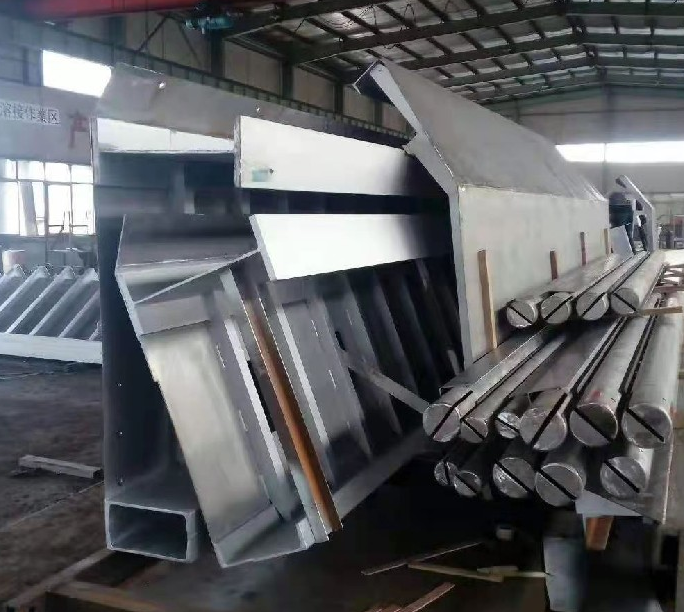


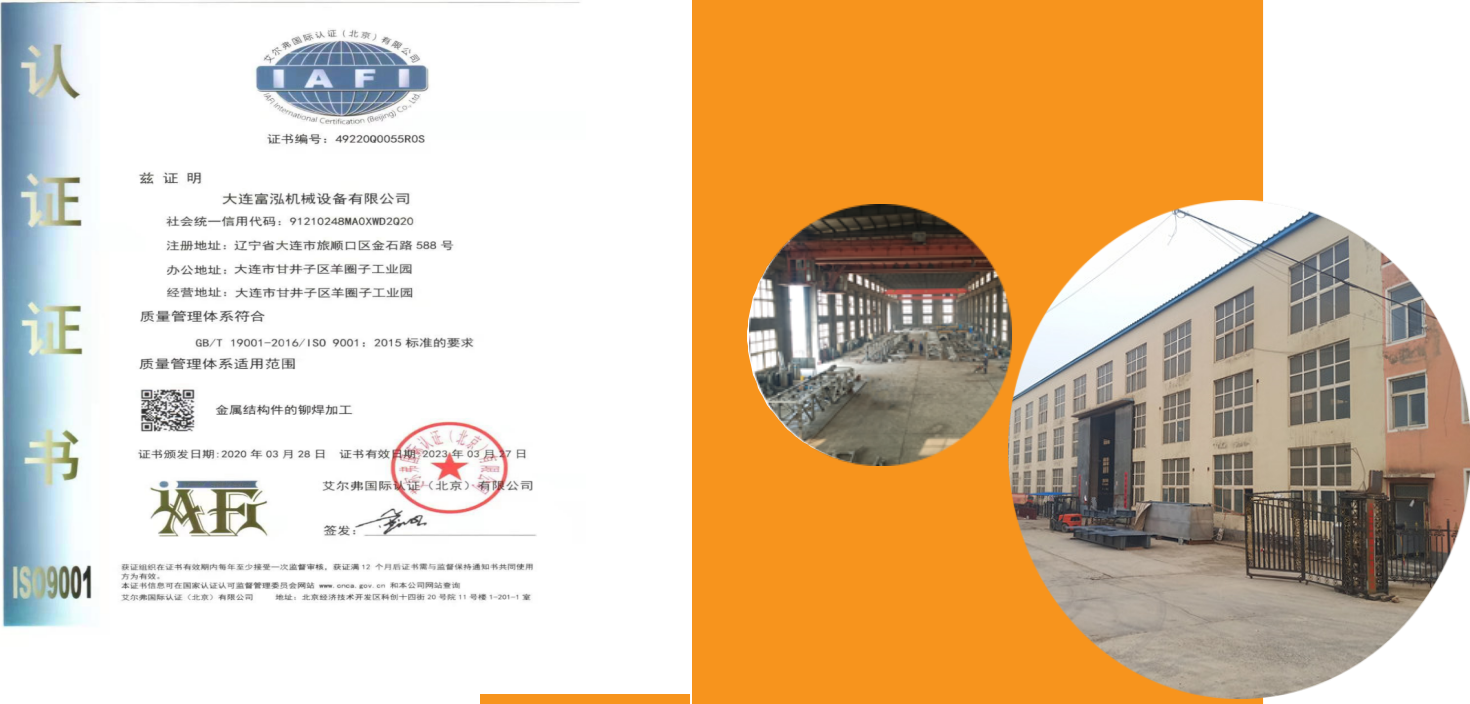
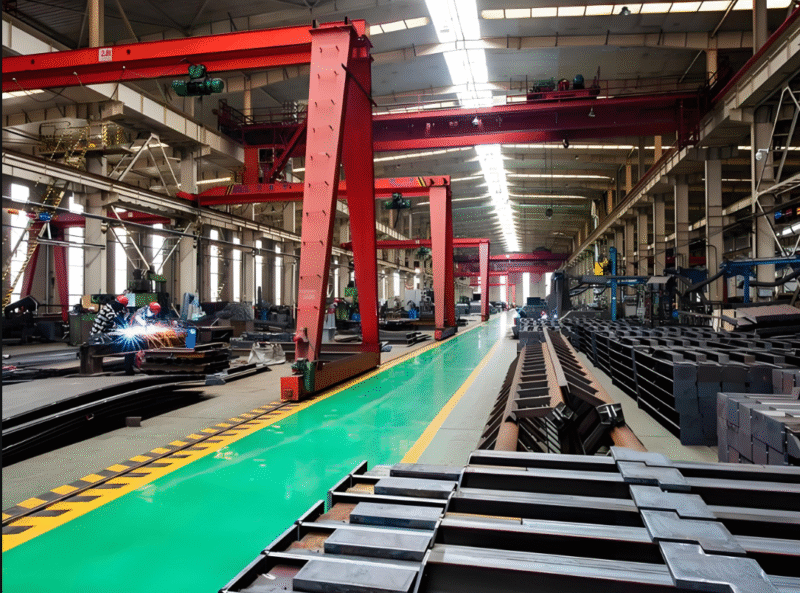

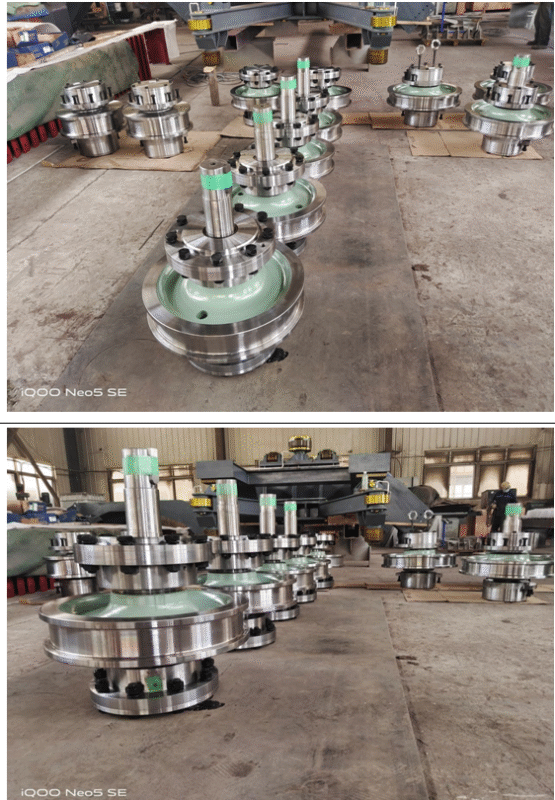
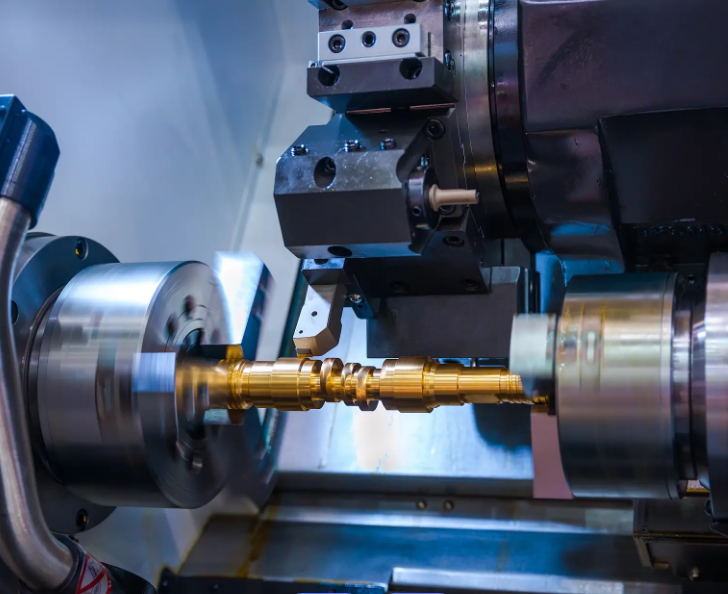
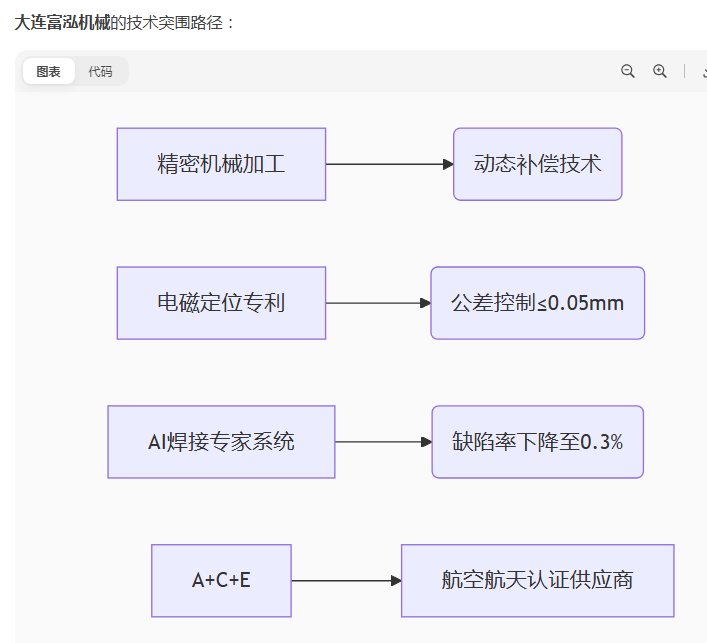
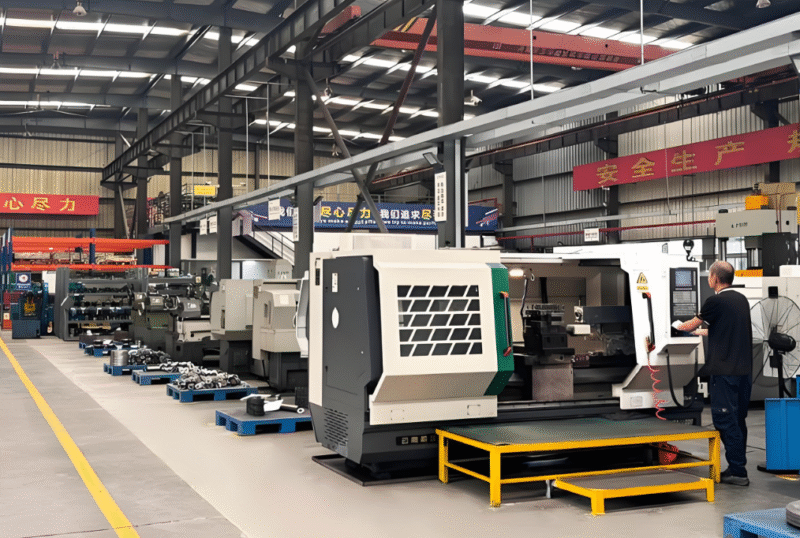
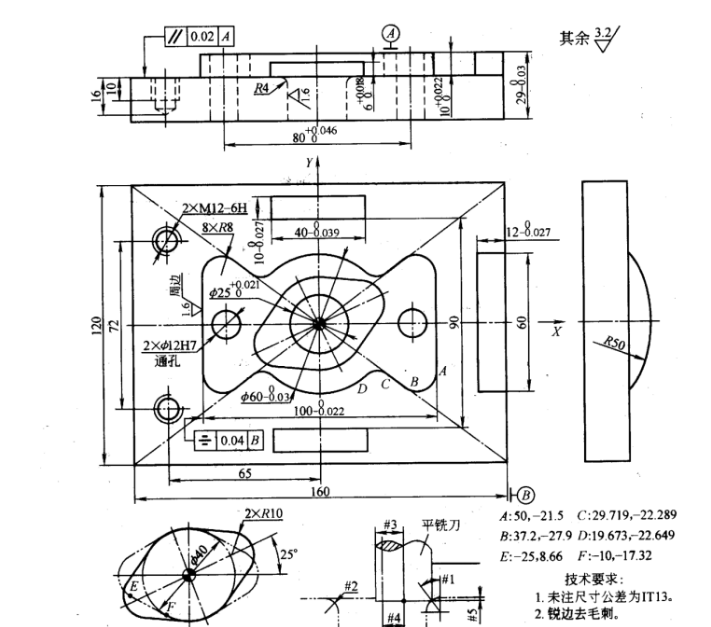

暂无评论内容